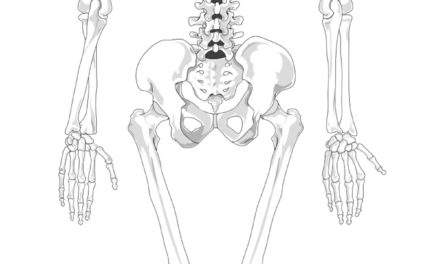In a recent post I shared how counterpart study helped me understand a text in Revelation 3:17 that had bothered me for years. What I wasn’t expecting was that I was also going to learn something in the scientific world I had no clue on!
The subject was on the difference between rods and cones, and the level of sight each provides. Rods’ ultrasensitivity to light allow for low light conditions, like night time viewing. However, to increase their electrical input to the brain rods are bundled with neighboring rods and share a common nerve. This does not allow for sharp viewing, though, for the brain cannot pinpoint exactly where a particular rod is located in the retina. On the other hand, each cone has its own nerve, and because it activates at higher energy levels it has no problem sending messages to the brain on its own. And besides providing clear vision, it also has the capacity to add color to the picture.
What we have, then are two ways of viewing life, though only one way was acceptable by the master Teacher for His students. One is focused on self, how life can benefit ME. The other is focused on God, how my life can benefit HIM.
This got me to thinking. If Jesus asked His disciples if they were not only blind, but also deaf and had hardened hearts, I wondered if the type of spiritual vision they had at that time represented what the unconverted have. This doesn’t necessarily equate the unconverted with spiritual dwarfs or ignorant bible students. These men had healed the sick and cast out devils and done many wonderful works (Mark 6), but yet they knew not Christ as their Saviour. If they continued on this course of self-seeking they would wind up in the same situation the Pharisees and godless Herod were in, Jesus warned.
So I equated rod vision with a self-centered, egotistical view on life, even though we may be studying with the master Teacher; and cone vision with a truly converted heart, one given completely to the Saviour in service and adoration—a condition where our eyes are anointed with that holy eyesalve so we can see not only clearly but also in full color.
If that were the case in the spiritual life, it must also be the case in physical life, I concluded. That’s the way counterparts work. So I asked a nursing student friend of mine if newborns were born with only rod vision. She did not know, but directed me to one of her thick books on human development. I turned to the section on vision and found my answer. It said it takes an infant approximately one year to see as an adult sees. At birth they can only see in contrasts, black and white being the easiest for them. In other words, ROD VISION only!
This explained to me why the infants cradled in our arms often don’t look us directly in our eyes. The fovea centralis, the area of the retina where the lens focuses the image, contains only cones. So if the infant wants to “see” us it has to look off to the side a little bit where the rods begin populating the retina, like we do when looking at a dim star in the evening sky.
Another thing I learned from this science book: infants are first attracted to vertical forms, then horizontal. If a black triangle on a white background was placed before them, the peak of the triangle would receive most of their attention. Is that not also the same with those new in the faith that their focus is first on heavenly things? But when the cones kick in, learning really escalates!
Counterpart study is so rewarding! If you want to learn more about the difference between the converted and the unconverted, go to the study on Day 4 of Creation.






